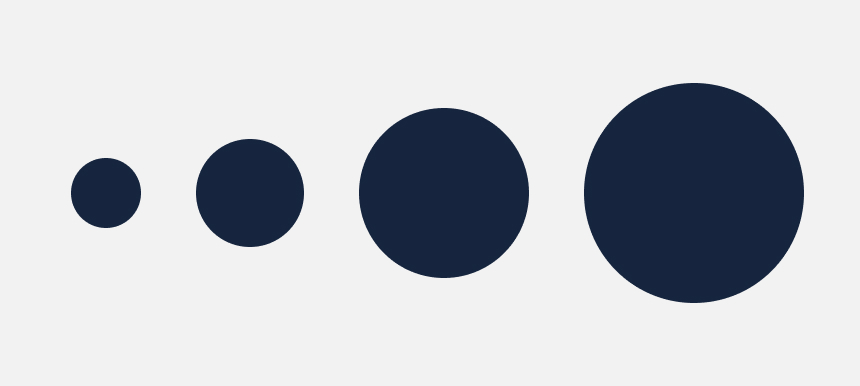Basic Elements Of Design Every Designer Should Know In 2023
About Size Elements
Size . Elements of Design The design on a coin has an intimate, personal impact, whereas the impact of the same image expanded to 30 feet high is aggressive, unavoidable and public.
There are a variety of graphic design elements to consider when creating any visual work of art, whether it be for interior design, a logo, an advertisement, or web design.The basic elements of design are 1. Color Color helps establish a mood for your composition.When light waves strike an object and reflect back to the optic nerve in a human's eyes, the sensation they perceive is called
Size can also create emphasis or de-emphasize elements in a design. If you want to draw attention to an element, make it larger. If you want to de-emphasize or hide an element, make it smaller.
The elements of design are the tools you use to create a work of art. Knowing the fundamental elements and applying them to your piece with a clear understanding will help you make it powerful enough to convey a message. You can do that by choosing different characteristics for your text, such as size, color, height, and weight. Create My
Thus an element can look smaller or larger depending on the size, color, and placement of the other elements surrounding it. How you utilize scale will have an impact on how your audience views the composition of your design. Use scale for the following objectives Creating interest A design could lack interest if every element is the same
Emphasis is the part of the design that catches the viewer's attention. Emphasis is created by contrasting an element with other elements. The area could be different in size, color, texture, shape, etc. This photo of a European robin demonstrates emphasis though the contrast of subject and background. The bird is sharply in focus revealing
Size and scale are two related concepts in graphic design that refer to the size of elements within a design, such as text or images. Size refers to the absolute dimensions of an element, while scale refers to its relative size compared to other elements. When used properly, size and scale can create visual interest and draw attention to
Size and scale are foundational principles that affect a design's meaning and help viewers discern key elements quickly. For digital presence, specific size guidelines, such as a 300 x 300 pixels profile picture and a 1584 x 396 pixels background, are outlined.
Space refers to the area between, around, and even inside design elements. Any space taken up by design elements is called positive. Negative space or white space, on the other hand, refers to the area surrounding the element. The purpose of space. White space is vital for design success and helps achieve the following objectives Improved
Size, scale, and proportion are design elements that allow us to manipulate the ideas of many different design principles. Learn to see what messages are communicated by using them in different and interesting ways. This wraps up our walkthrough of the elements of design. If you missed any of the posts you can find links to the entire series below.



































